I. Give the product of debromnination of with Kl in acetone solution of the folloiwing.
a. Erythro or mes−2,3− dibromobutane
II. Expalin why (A) readily forms alkene with 1o− but (B) does not.

III. Give the major product of the following reaction:
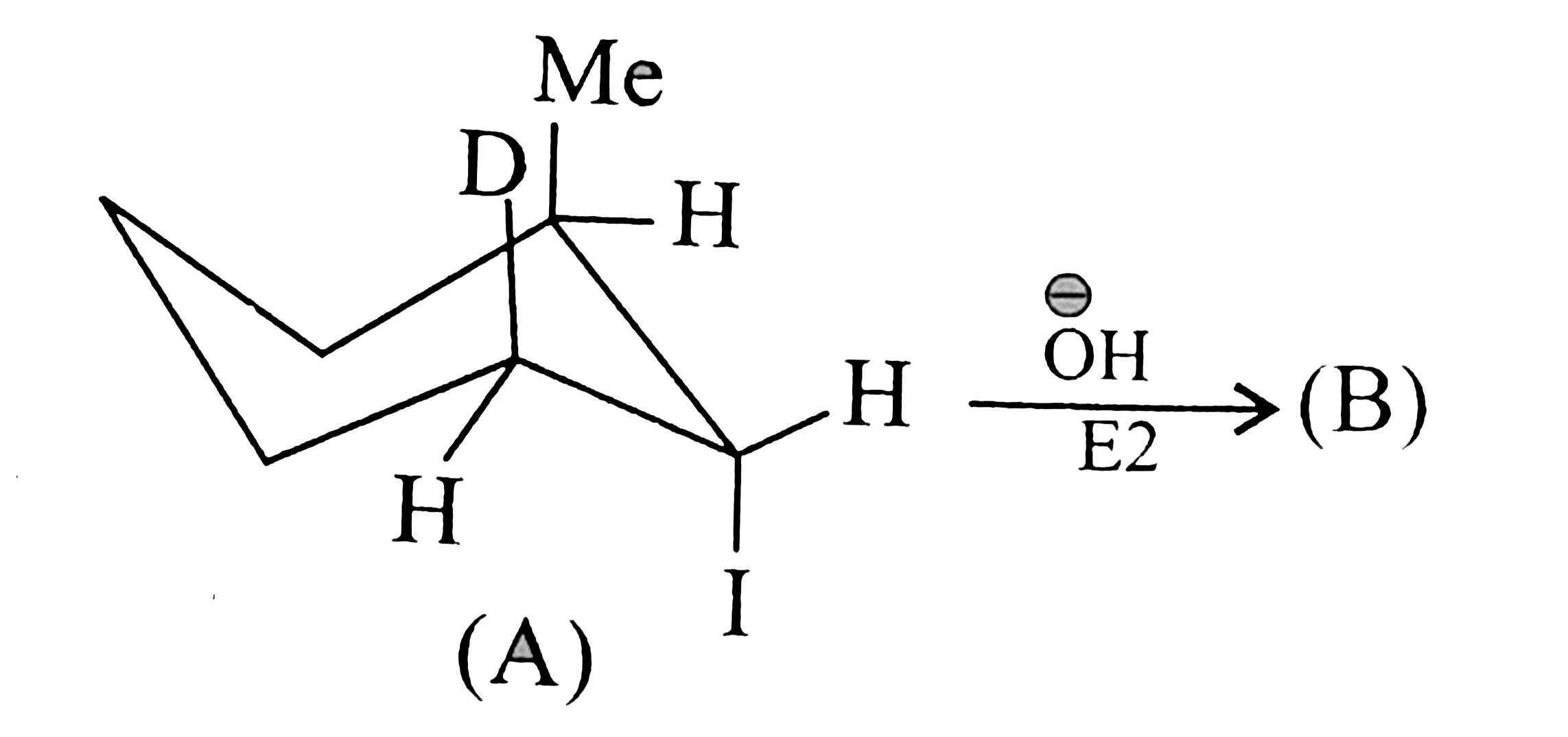
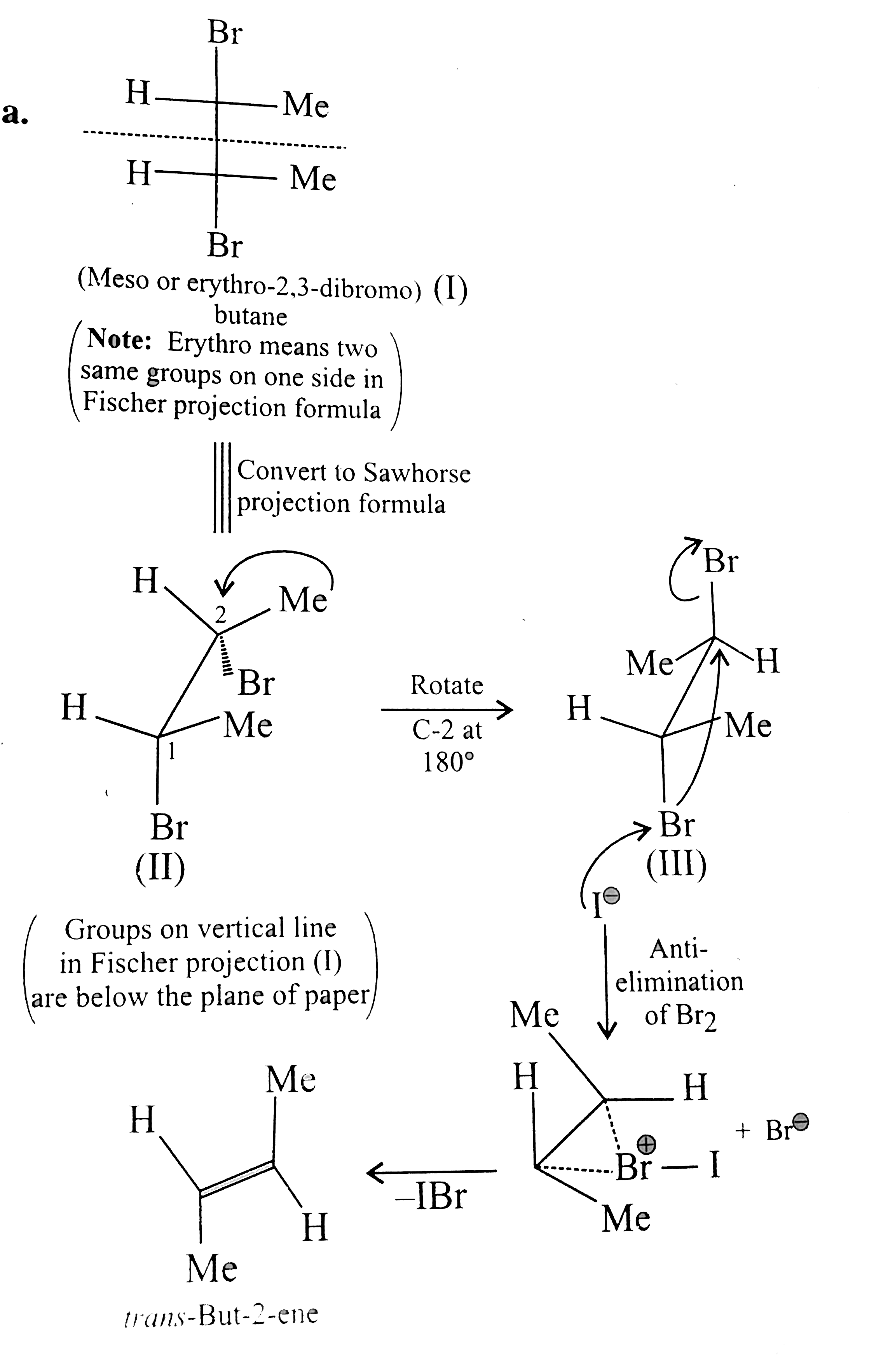
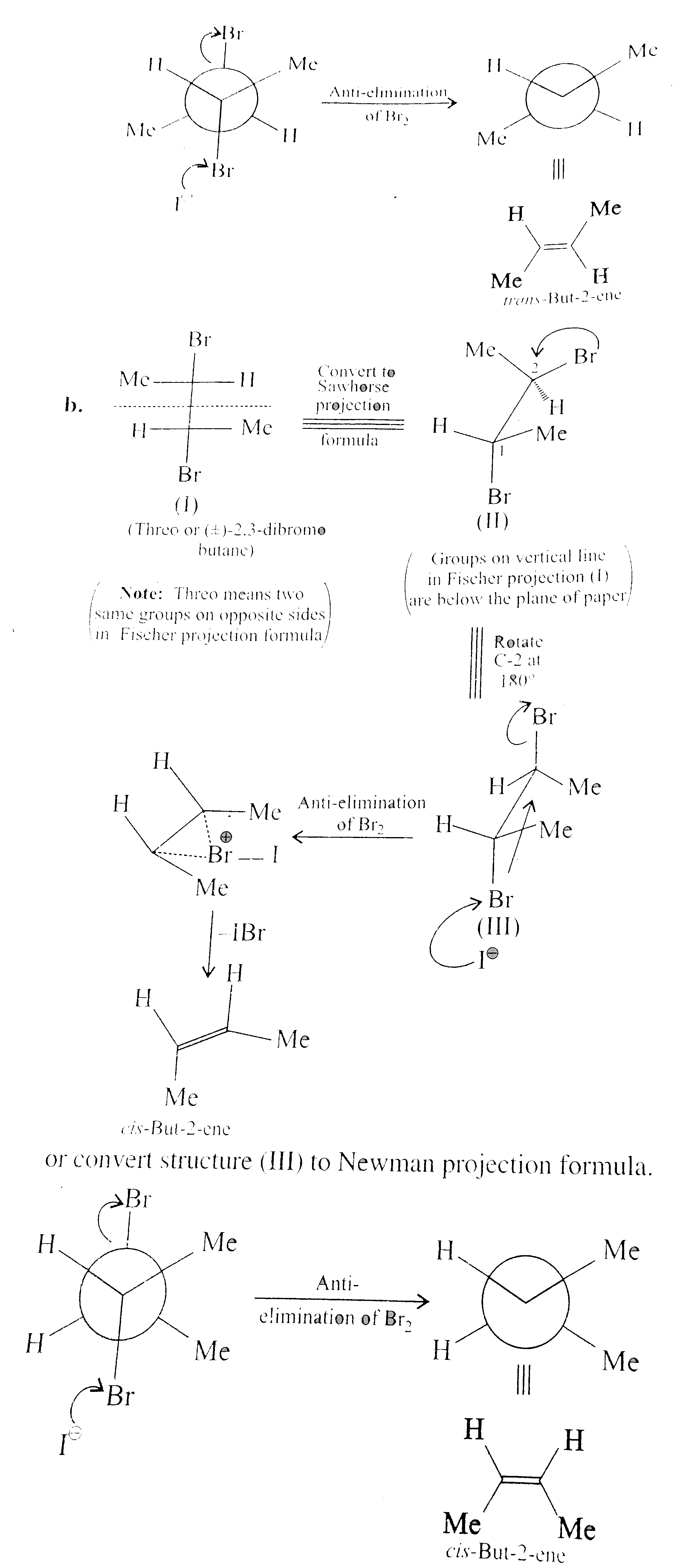
In both (A) and (B),Br are in trans-diaxial postions and are-capable of E2 elimation, while in (B0 both Br are in transdiquotrail positon and are incapable of being eliminated.
Equatoral from is more stable than axial from and hence the former is less reactive than the latter.
Moreover positon does not allow the fliiping of equatorail Br to axial Br.
III.
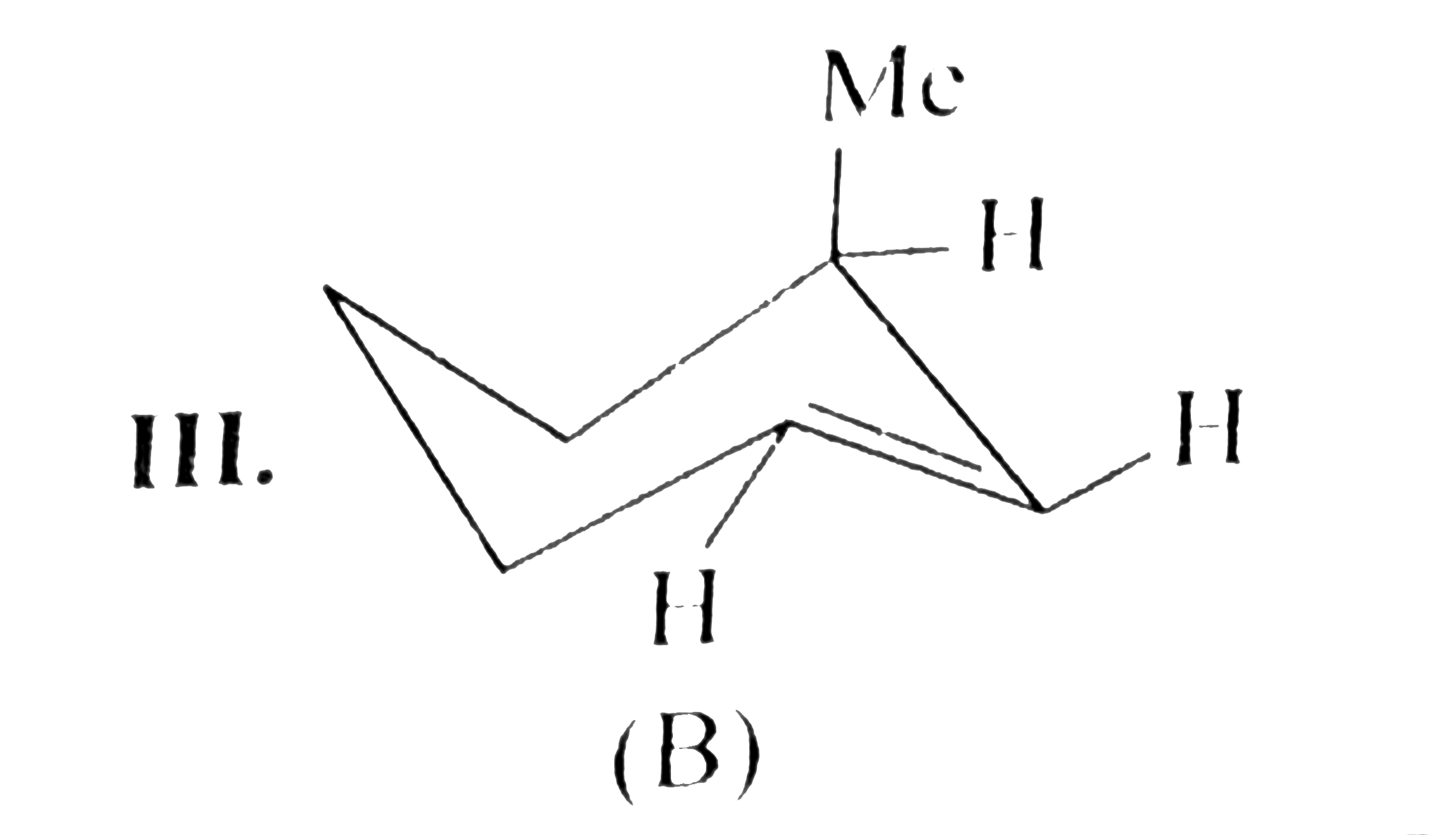
DI is removed because D and I are anti-coplanar diaxial. H and I are in syn-positon.
Anti-coplanity outweighs the H/DI⊕ kinetic istpope effect.
Topper's Solved these Questions
- BOOK - CENGAGE CHEMISTRY ENGLISHCHAPTER - AROMATIC COMPOUNDS AND ALKYL AND ARYL HALIDES EXERCISE - Solved Problems37videos
AROMATIC COMPOUNDS AND ALKYL AND ARYL HALIDES
- BOOK - CENGAGE CHEMISTRY ENGLISHCHAPTER - AROMATIC COMPOUNDS AND ALKYL AND ARYL HALIDES EXERCISE - Exercises Subjective Type5videos
AROMATIC COMPOUNDS AND ALKYL AND ARYL HALIDES
- BOOK - CENGAGE CHEMISTRY ENGLISHCHAPTER - AROMATIC COMPOUNDS AND ALKYL AND ARYL HALIDES EXERCISE - Archives Subjective Type4videos
AROMATIC COMPOUNDS AND ALKYL AND ARYL HALIDES
- BOOK - CENGAGE CHEMISTRY ENGLISHCHAPTER - APPENDIX INORGANIC VOLUME 2EXERCISE - Short Answer Type179videos
APPENDIX INORGANIC VOLUME 2
- BOOK - CENGAGE CHEMISTRY ENGLISHCHAPTER - BIOMOLECULESEXERCISE - Exercises Archives (Analytical And Descriptive)8videos
BIOMOLECULES
Similar Questions
Knowledge Check
- Question 1 - Select One
Consider the following reaction.

Which of the following base will give the best yield of the alkene II as the major product?ACH3O−BC2H5O−C(CH3)3CO−D(C2H5)3CO− - Question 2 - Select One
Consider the follwing reaction
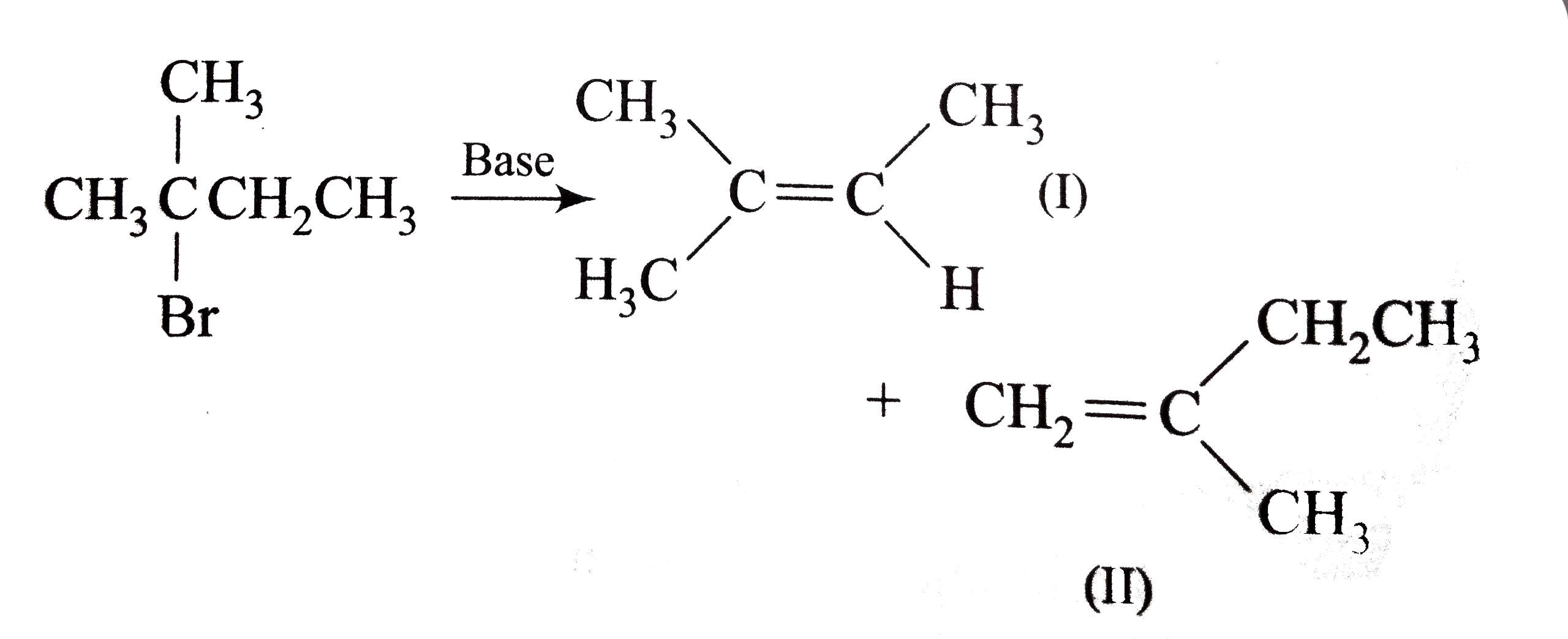
Which of the following bases will give the best yield of alkene (II) as the major product ?A(CH3)3CO−BC2H5O−CCH3O−D(C2H5)3CO− - Question 3 - Select One
Consider the following reation.

Which of the following base will give the best yield of the alkene II as the major product ?ACH3O−BC2H5O−C(CH3)3CO−D(C2H5)3CO−
Complete the following reactions:
a.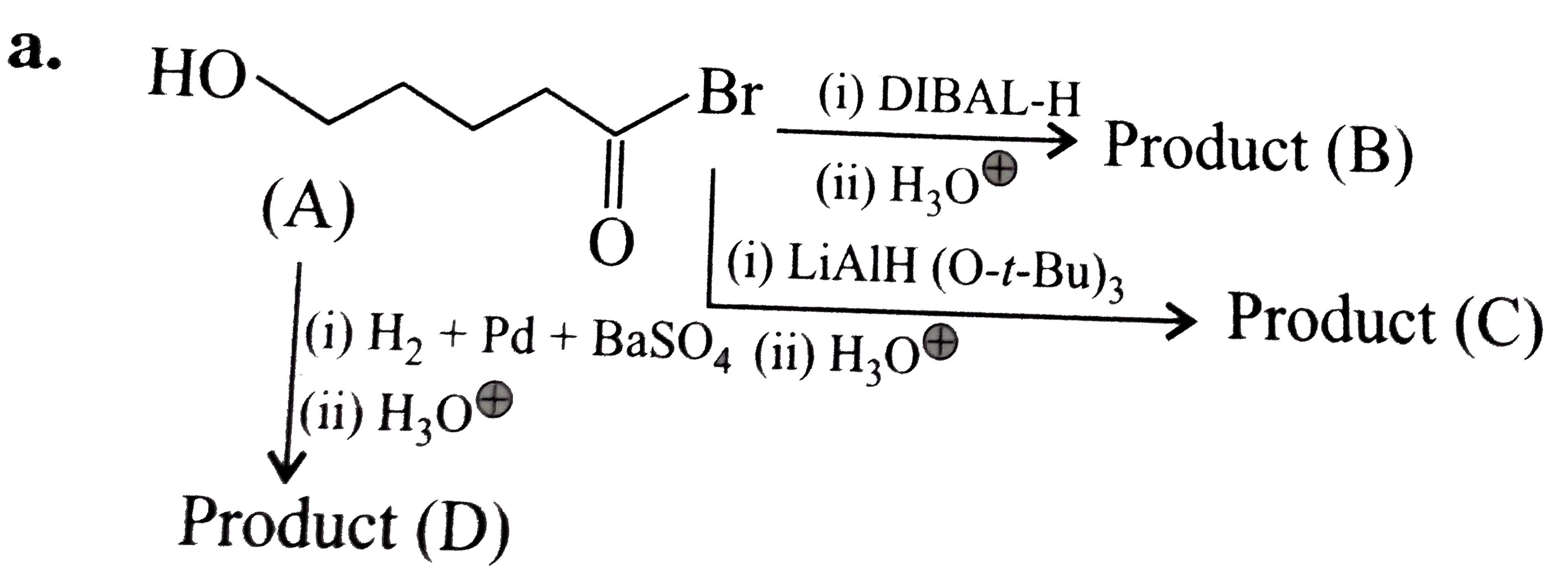
b. Give the major products of the following:
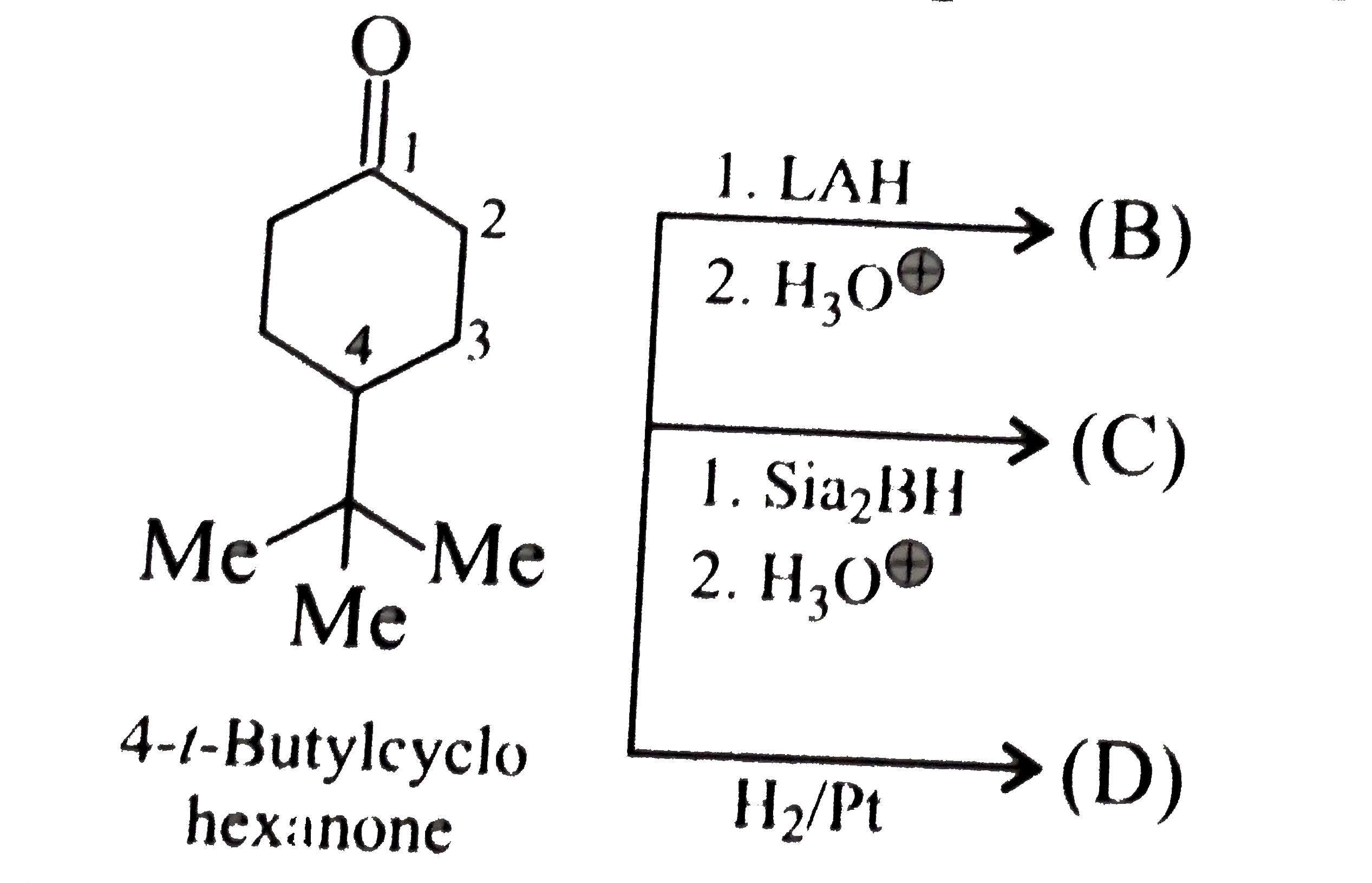 View Solution
View SolutionGive the majore and minor products of the following reactions.
a.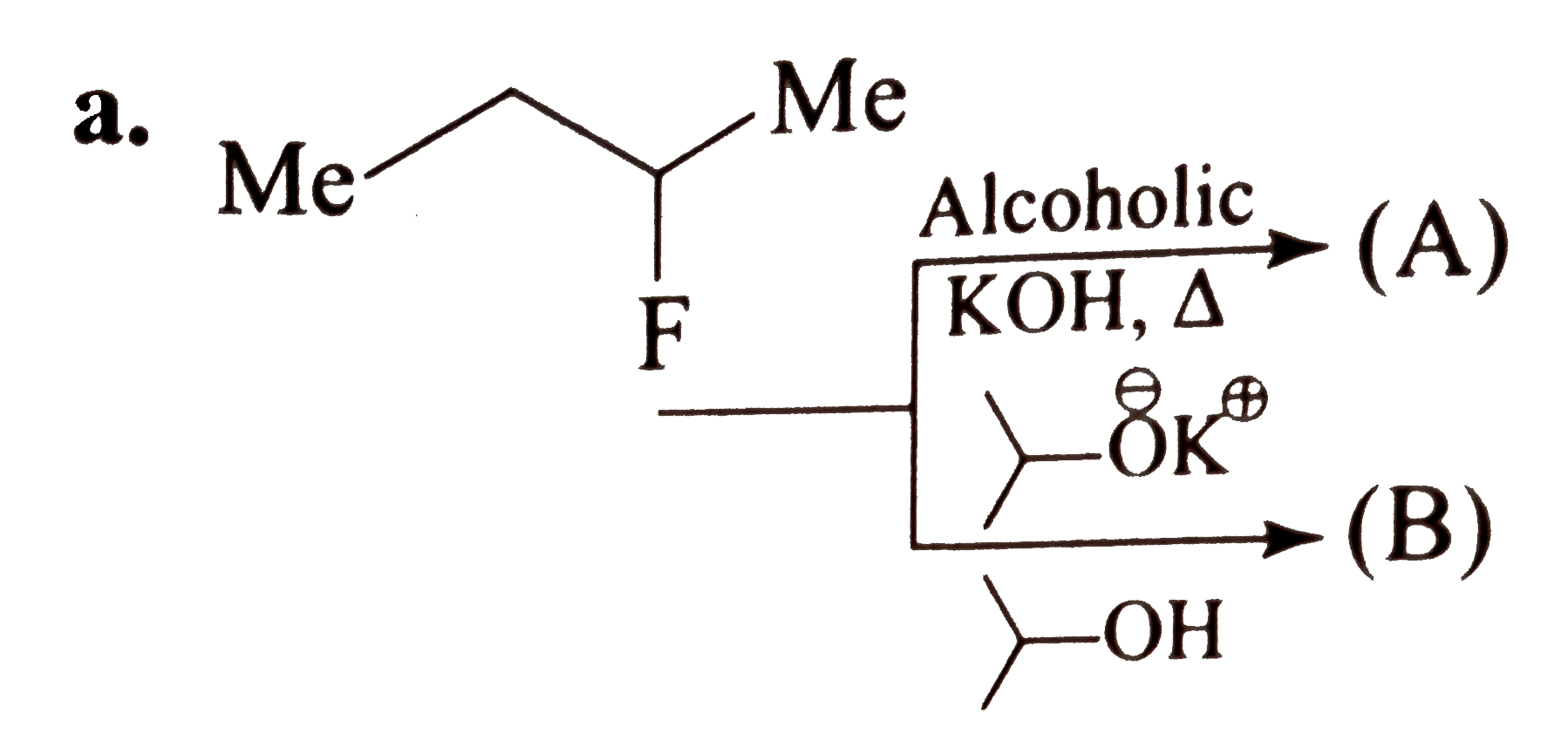
b.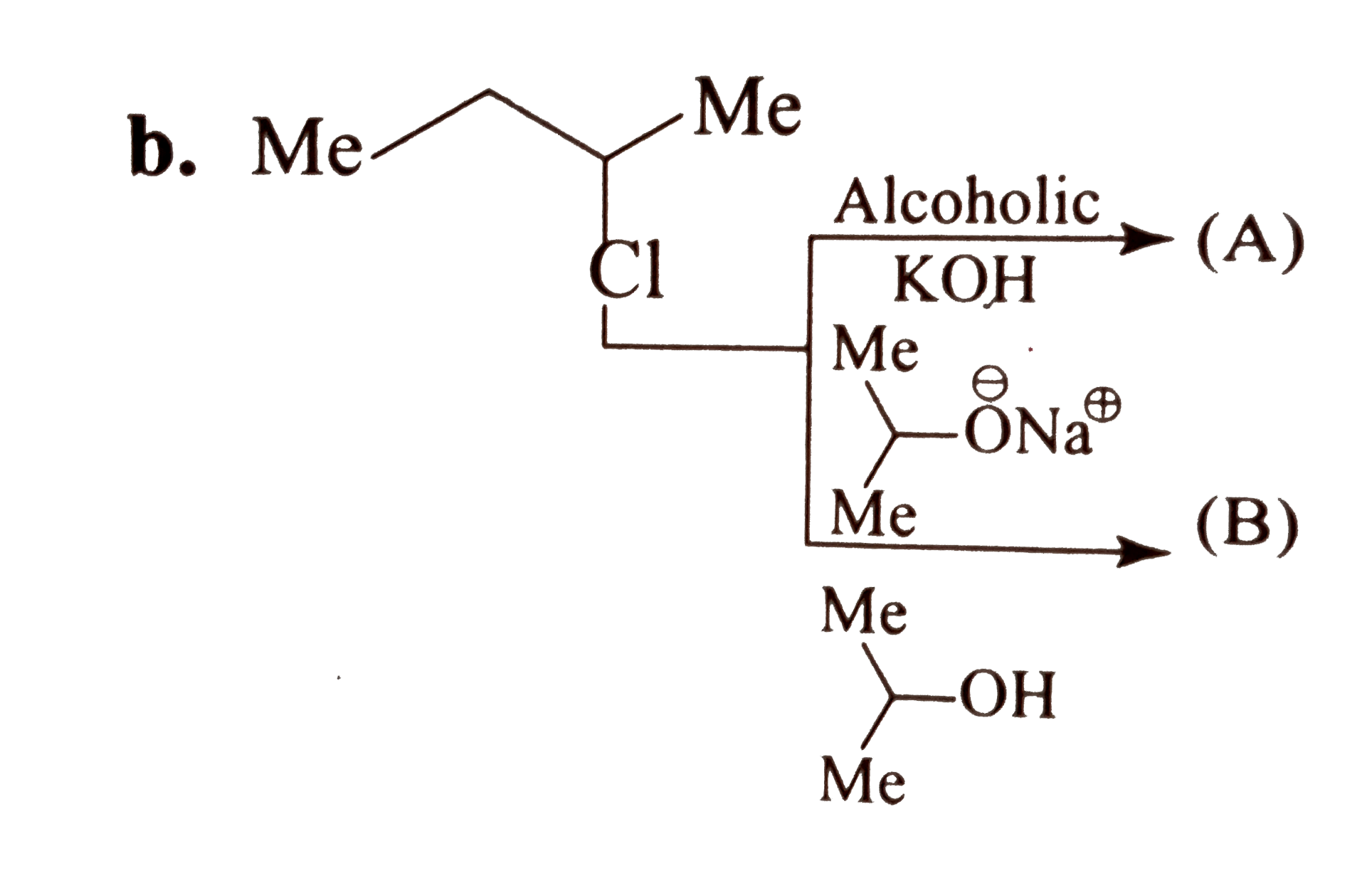
c.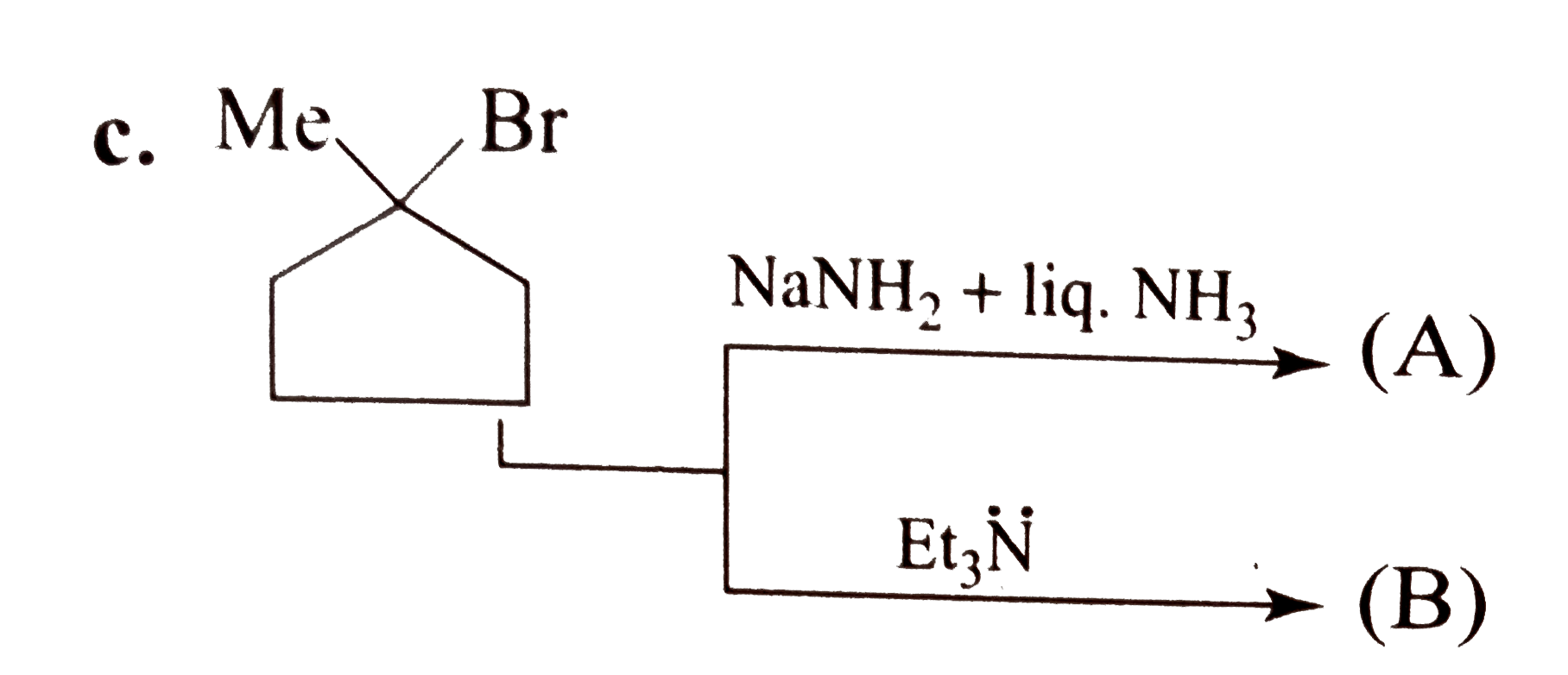
d.
e.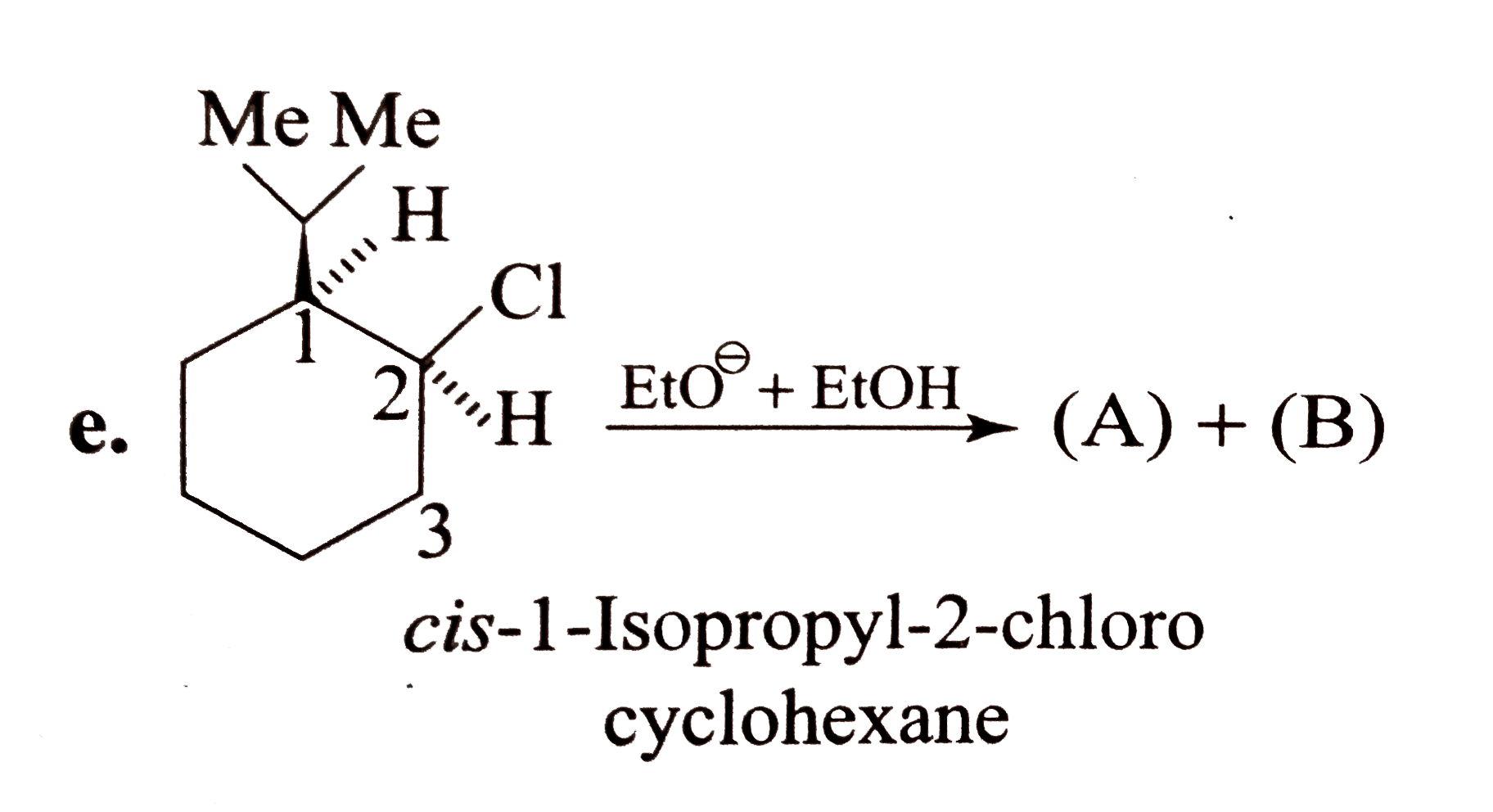
f.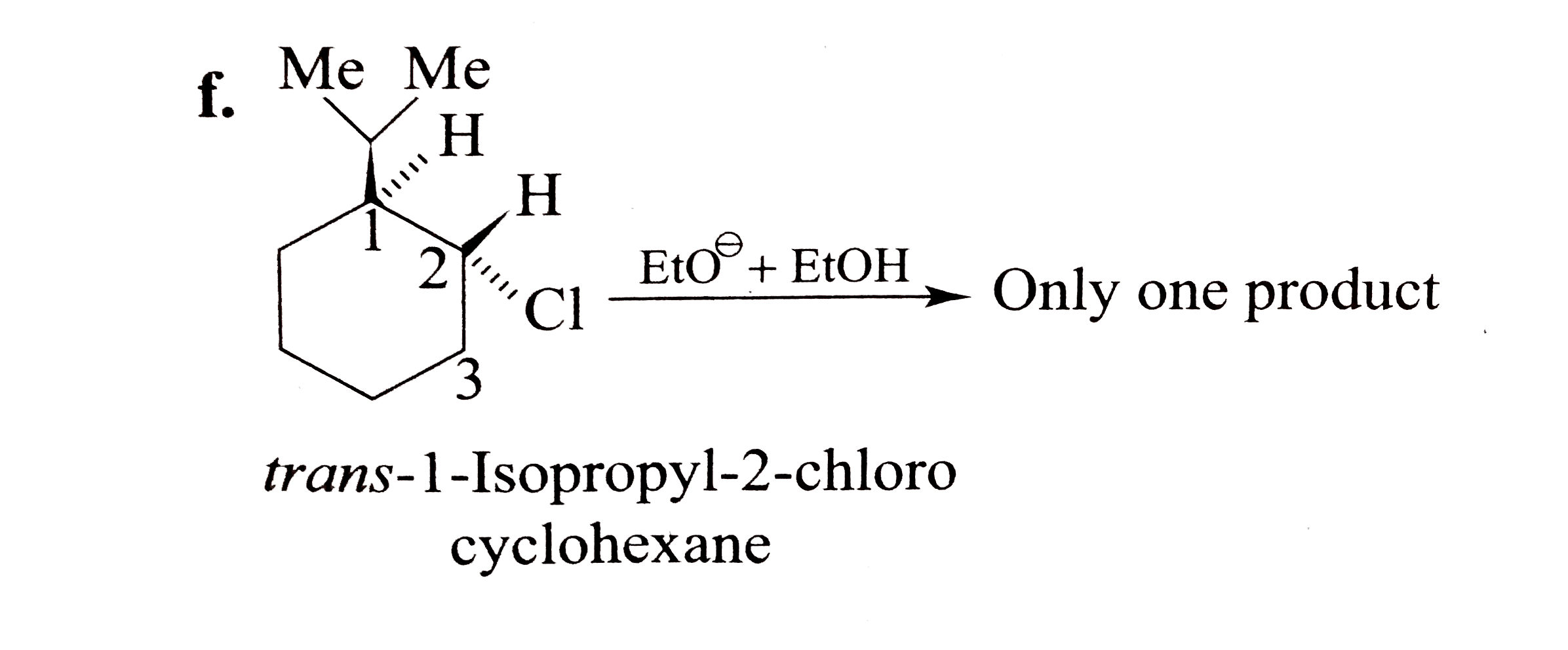 View Solution
View Solution(a) Give the product of debromination with NaI in acetone solution of the following.
(i) Erythro or meso -2,3- dibromobutane
(ii) Threo or (±)−2,3−dibromobutane.
(b) Write the structural formulae of the isomers of the alkyl halide , C5H11Br.
(w) Which one undergoes E1 elimination at the fastesy rate
(x) Which one can give only a single alkene on E2 elimination ?
(y) Which one gives the most complex mixture of alkenes on E2 elimination ?
(Z) Which one is incapable of reacting by the E2 elimination ?
(c) A compound is formed by substitution of two chlorine atoms for two H-atoms in propane . What is the number of structural isomers possible ?View SolutionGive the product of the following reactions:
a.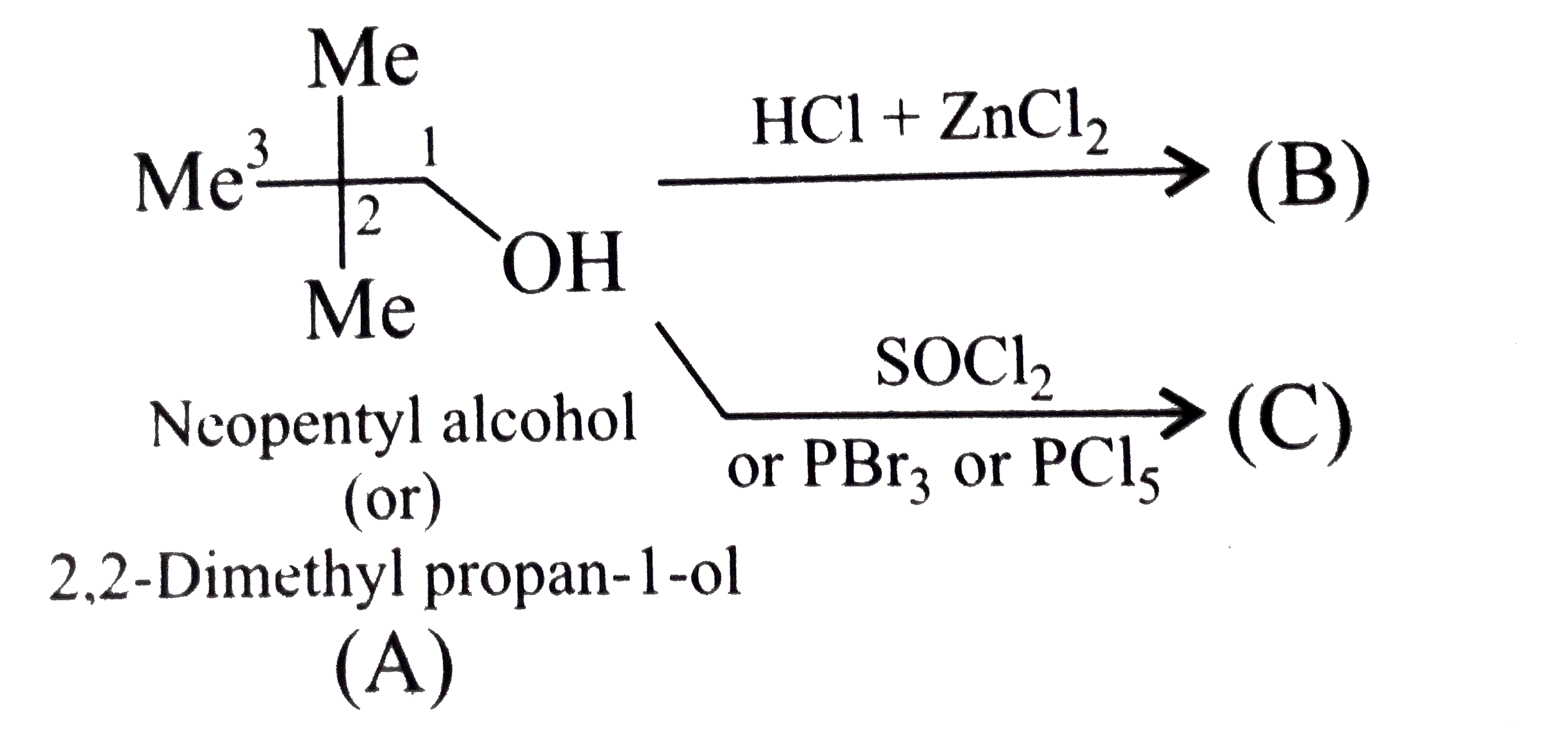
b. Given the stereochemical or rerranfged product of the following reaction.
i.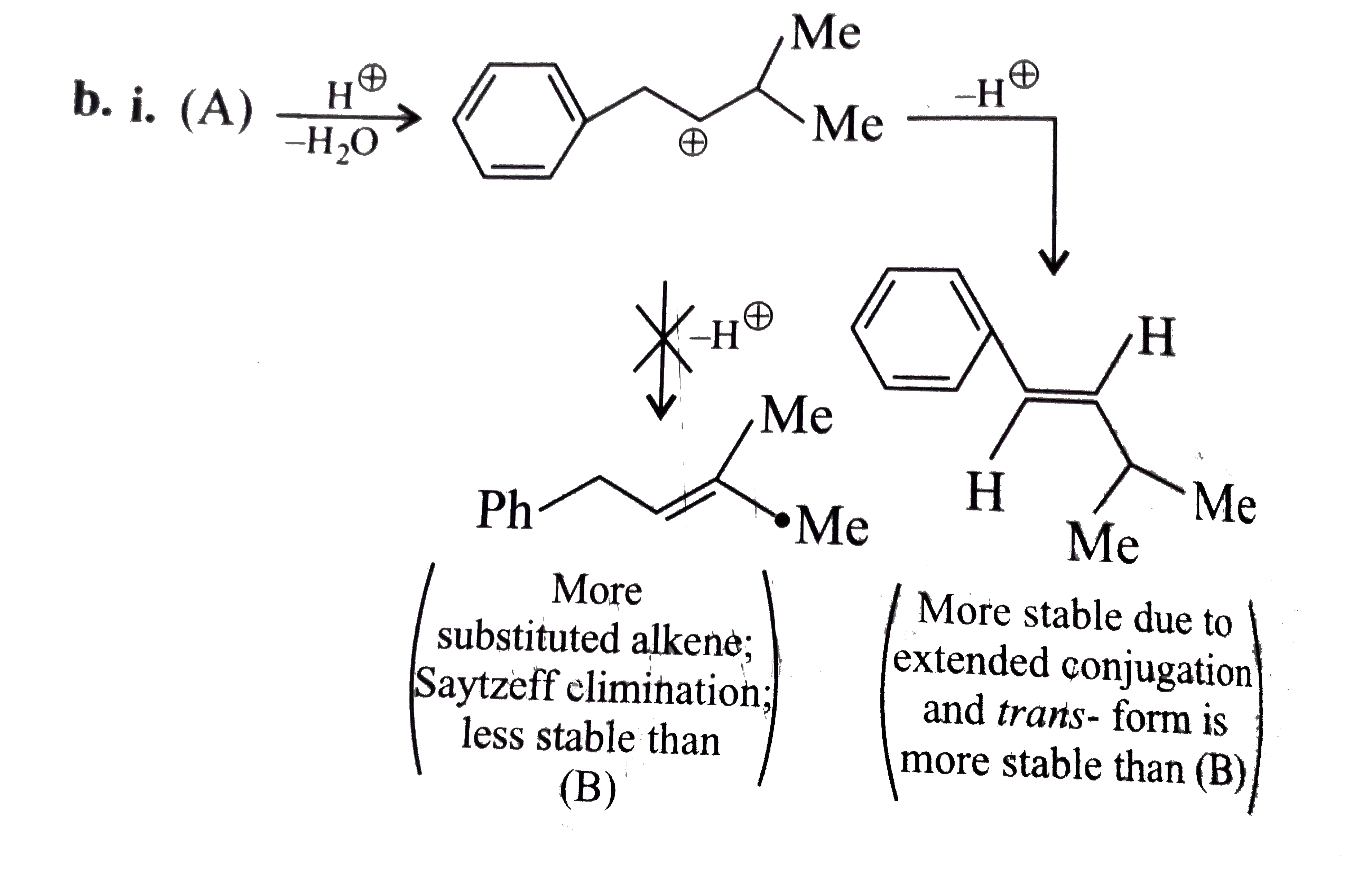
ii.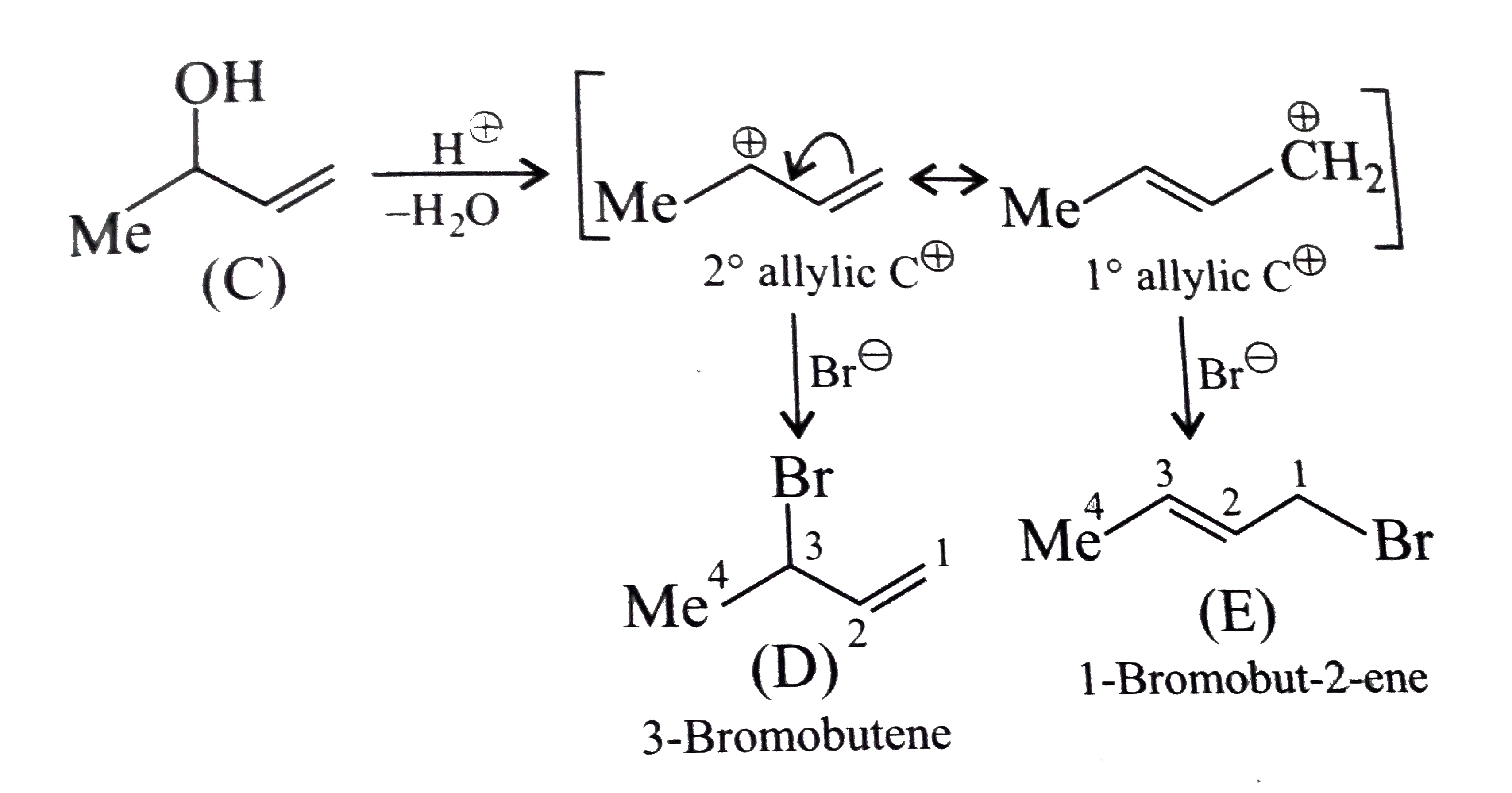
iii.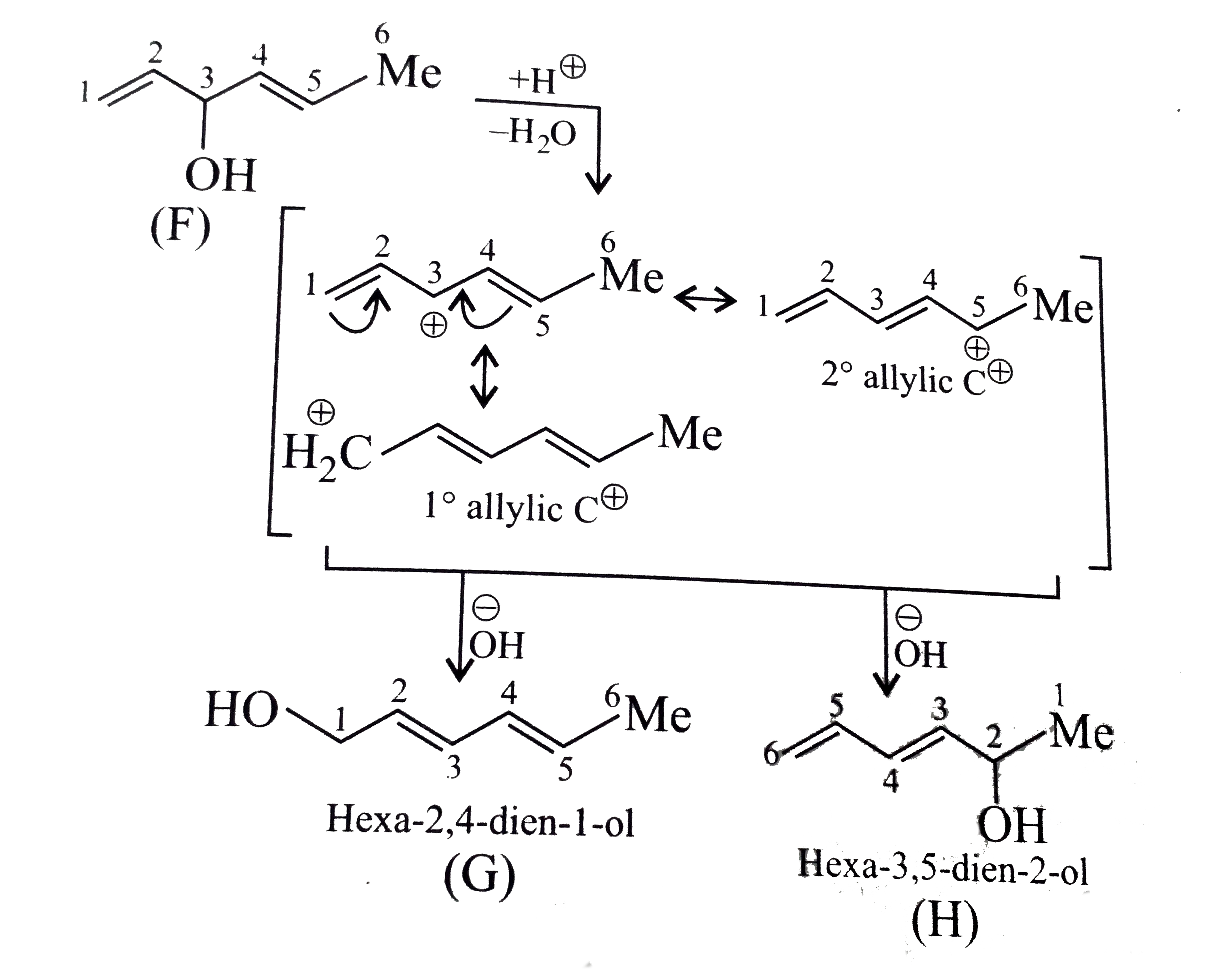
iv.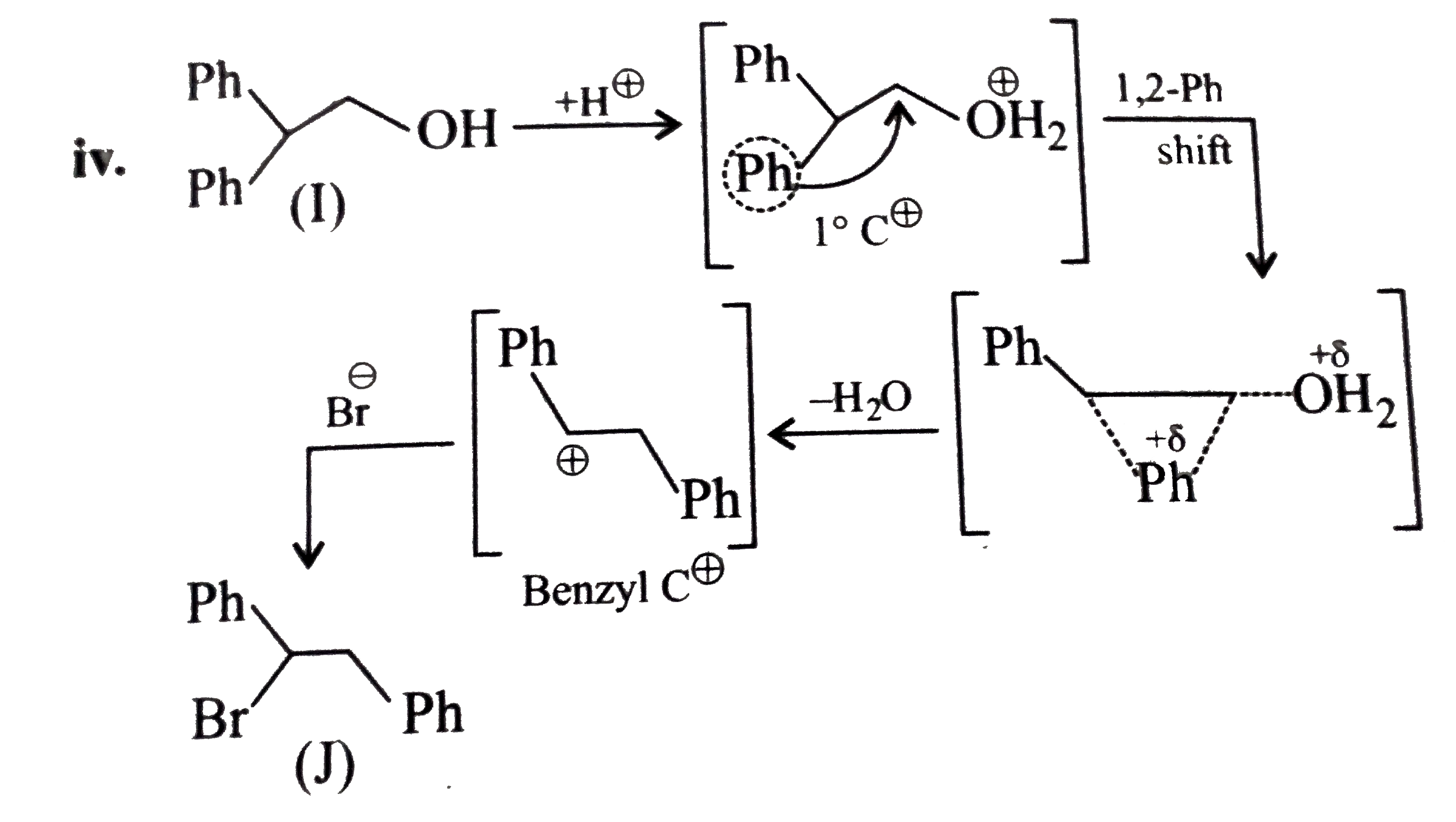 View Solution
View Solution1.Give the products in the following reaction.

2. Give the products of MeONa with
(i) cis and
(ii) trans-2-Bromomethy1 cyclohexane.View Solution

